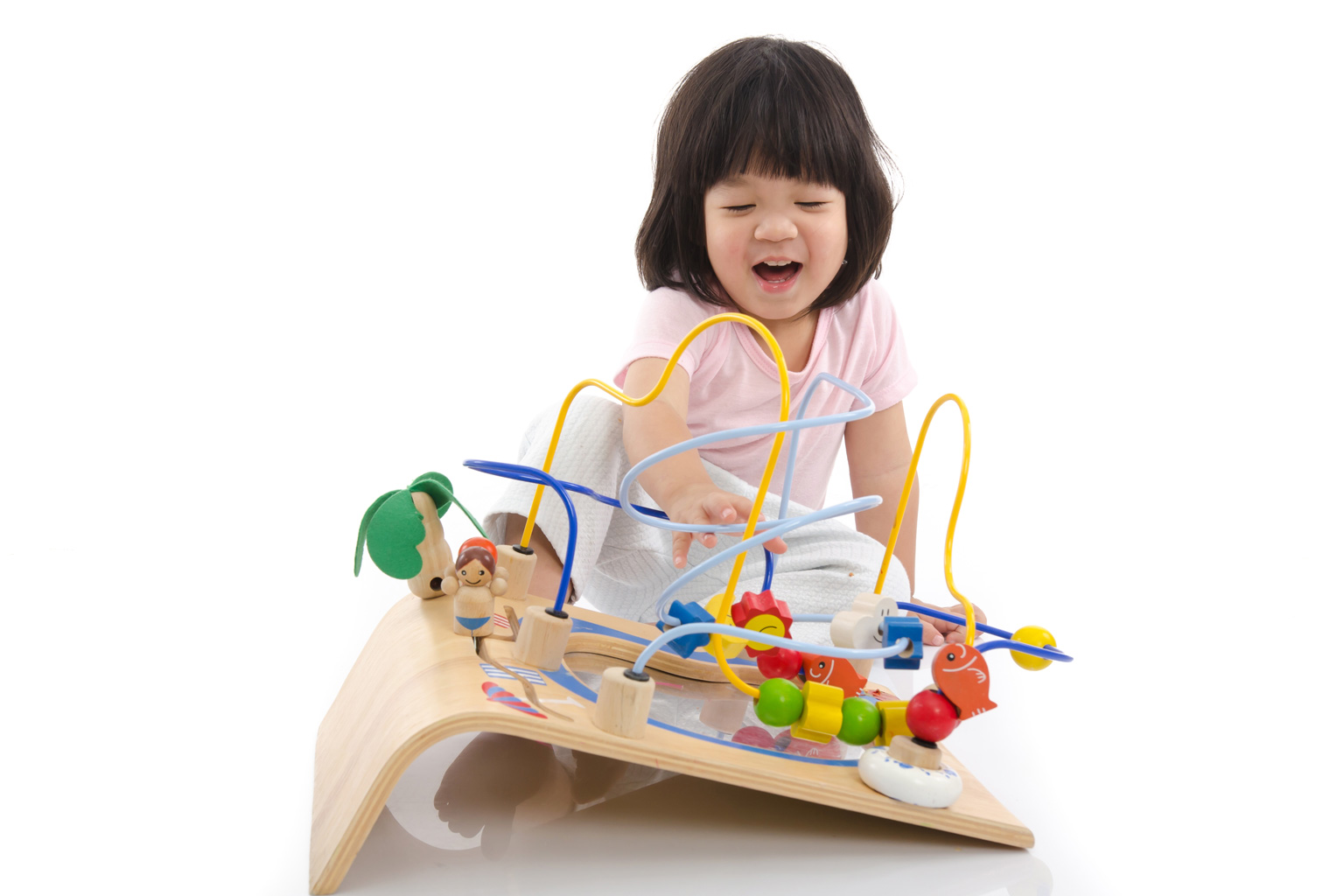How A Child’s Brain Builds Networks
A child’s brain is not just an inert mass of grey matter, but an active and rapidly growing organ. The brain comprises a complex network of cells and connectors called Neurons, Dendrites and Axons*. During the early child development phase, these network of cell connections are formed rapidly. Enabling children to absorb and process information from the world around them.
According to one research, a staggering one million new neural connections are created every second.
As brain size grows, skills multiply throughout the first two years of child development, the brain grows in size rather quickly. During the first year of life for instance, the size of a child’s brain increases by 101% on average. During the second year it grows to 83% of an adult’s brain size. By age three, a child’s social, cognitive skills and behavioural traits begin to manifest and grow at a rapid pace.
From being able to use only simple words and short sentences within the first two years, a child develops quickly, learning two or three words a day, and starts to use words in increasingly complex ways. They also begin to acquire gross motor skills and start to stand on their own and take their first steps. As their sense of balance improves, they start walking without stumbling. Meanwhile their fine motor skills helps them to grasp objects and begin to experiment with them. Very soon, they develop preferences in terms of friendships, and act more independently of their parents and carers.
By the end of age three, the formation of synapses* slow down. At this stage of brain development, connections that are least relevant to the child’s environment are dropped, while those that are important are strengthened and become more efficient and grow more intricate.
Ability to control the senses During this period of child development, neural connections are refined to reflect the particular environment the child is living in, enhancing the efficiency and strength of the most important brain networks. For example, you start to notice their cognitive skills expanding. The parts of a child’s brain that focus on sound become more attuned to the particular language (or languages) that a child has been exposed to in the early years.
Throughout this period of child development, myelination* never stops. It begins in regions that control primary senses, such as hearing and seeing, and covers areas that direct motor control. As the child grows, myelination progresses to other regions of the brain that control the more complex processes, such as perception, thoughts, memories, and feelings.
The child becomes more and more proficient in applying what it learns. And with continuous exposure to stimulating early learning environments and engaging experiences, a child begins to acquire both language and social skills at an accelerated pace.
If you like more information or would like to talk to someone, please reach out to us. Explore how you can set the pace of your baby’s development in a natural way and start at an early stage.
My Gym. (B)right & Early
*GLOSSARY: Neurons The neuron is the basic building block of the central nervous system. The human brain has approximately 86 billion neurons and carry “messages” through an electrochemical process. A single neuron may have hundreds or thousands of dendrites, but generally has only one axon.
Dendrites Dendrite receives signals from other nerve cells and pass the signals into the neuron’s cell body.
Axon An axon is a thread like projection and carries messages away from the neuron.
Synapse These are specialized junctions which help information to flow from one neuron to another, as well as flow to a non-neuronal cell like muscles or glands.
Myelination Myelin is a substance that forms the protective coating of axons in the brain. Its main function is to speed the relay of electricity messages in the nervous system.



